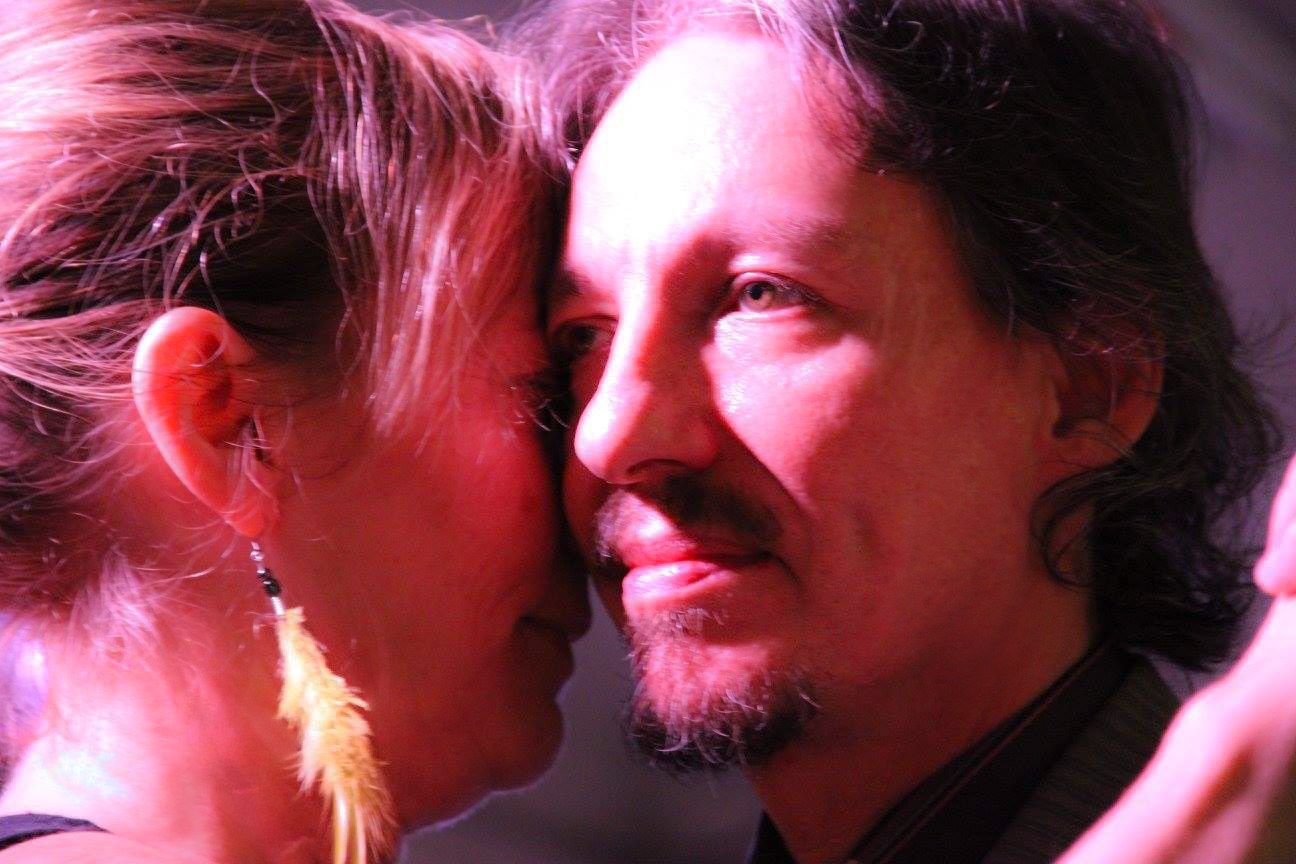“La vida es una milonga” by Pedro Laurenz y su Orquesta Típica with Martín Podestá in vocals, 1941 (English translation of lyrics).
“La vida es una milonga” by Pedro Laurenz y su Orquesta Típica with Martín Podestá in vocals, 1941 (English translation of lyrics).

Music and lyrics: Fernando Jose Juan Montoni and Rodolfo Sciammarella.
Everyone is waiting
Improving their situation,
All live sighing
Rightly or wrongly.
Everyone regrets
If in the good they are no longer,
No one can stand the storm
If the “contra” is given.
Life is a milonga
And you ought to know how to dance it.
The one who loses his rhythm
Is one too many on the dance floor.
Life is a milonga
And you ought to know how to dance it,
Because it’s sad to be sitting
While the others dance.
Listen and buy:
-
Amazon music
-
iTunes music
-
Spotify
We are happy to have a collaboration with the people from tangotunes.com from whom some of you may have heard, they do high-quality transfers from original tango shellacs.
It is the number 1 source for professional Tango DJs all over the world.
- Now they started a new project that addresses the dancers and the website is https://en.mytango.online
You will find two compilations at the beginning, one tango and one vals compilation in amazing quality.
The price is 50€ each (for 32 songs each compilation) and now the good news!
If you enter the promo code 8343 when you register at this site you will get a 20% discount!
Thanks for supporting this project, you will find other useful information on the site, a great initiative.
More Argentine Tango music selected for you:
We have lots more music and history








